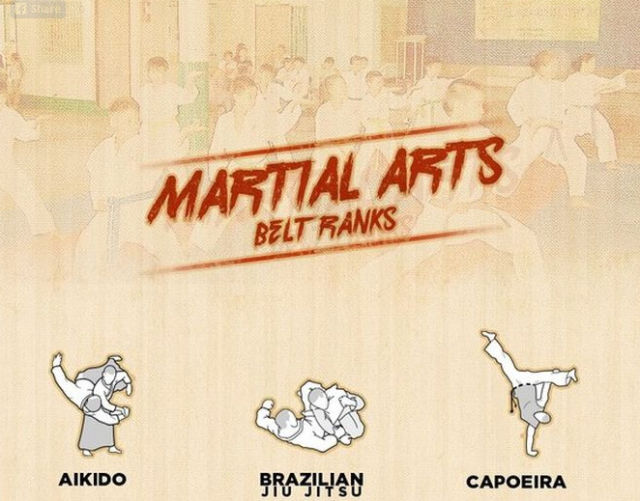Traditional Martial Arts And Modern Fight Sports: A Thorough Summary Of Their Unique Distinctions
Traditional Martial Arts And Modern Fight Sports: A Thorough Summary Of Their Unique Distinctions
Blog Article
https://self-woman-defense-shooti98518.ambien-blog.com/40776816/discovering-self-defense-not-just-increases-your-security-but-likewise-grows-a-much-deeper-feeling-of-self-assurance-discover-the-methods-this-experience-can-favorably-affect-your-life-in-unforeseen-good-manners -Camp Haagensen
When you think about martial arts, do you lean extra towards the standard methods or the contemporary battle sporting activities? Each course uses one-of-a-kind benefits and experiences, formed by their approaches and training methods. Conventional martial arts emphasize personal growth and self-control, while contemporary combat sports concentrate on competitors and efficiency. Recognizing these distinctions can guide you in picking the appropriate method for your journey. But exactly how do these differences show up in training and approach?
The Viewpoint and History Behind Conventional Martial arts
While many people associate martial arts with physical battle, the approach and history behind traditional martial arts run much deeper. You'll discover that these techniques emphasize individual growth, discipline, and respect.
Originating from click now , typical martial arts were usually established for Self-Defense and spiritual growth. They symbolize concepts such as balance, harmony, and self-constraint, directing practitioners past plain fighting skills.
As you train, you'll not only find out methods but likewise acquire understandings into the culture and worths that formed these arts. The rituals and traditions, commonly given via generations, cultivate a feeling of community and belonging.
The Competitive Nature of Modern Battle Sports
Modern combat sports have actually changed the landscape of martial arts right into a very competitive arena, where athletes challenge in a test of ability, technique, and endurance.
You'll see that competitions are commonly arranged with rigorous regulations and policies, guaranteeing justice and security. These events draw in big target markets, fueling the enjoyment and strength of matchups.
Professional athletes train carefully, not just for physical expertise yet additionally for mental durability, understanding that every detail counts in the ring. Discover More throughout competitions is palpable, as competitors press their restrictions to claim success.
Fans value the athleticism and creativity entailed, making contemporary combat sporting activities a thrilling phenomenon that remains to evolve and captivate lovers worldwide.
Training Methods and Techniques: A Relative Evaluation
The affordable environment of contemporary battle sporting activities needs ingenious training approaches that differ considerably from traditional martial arts.
In contemporary training, you'll concentrate on particular techniques, sparring, and conditioning, frequently using drills that mimic real battle situations. You'll see a focus on measurable efficiency and frequent competition to assess your abilities.
In contrast, typical martial arts focus on kinds, katas, and philosophical mentors, frequently stressing discipline and respect over competition.
Training is usually much less intense and may include repetitive practice rather than real-time sparring.
While both approaches construct skill and physical fitness, contemporary battle sporting activities give a much more dynamic and adaptable training atmosphere, preparing you for immediate challenges in the ring or cage.
Pick the course that lines up with your goals and rate of interests.
Conclusion
In selecting in between typical martial arts and modern combat sports, it actually comes down to what you value the majority of. If you're trying to find personal growth, technique, and a feeling of neighborhood, conventional arts could be your finest fit. But if you prosper on competition and real-time challenges, contemporary battle sporting activities could be the way to go. Inevitably, both paths offer unique benefits, so it's everything about straightening your training with your individual goals and rate of interests.
